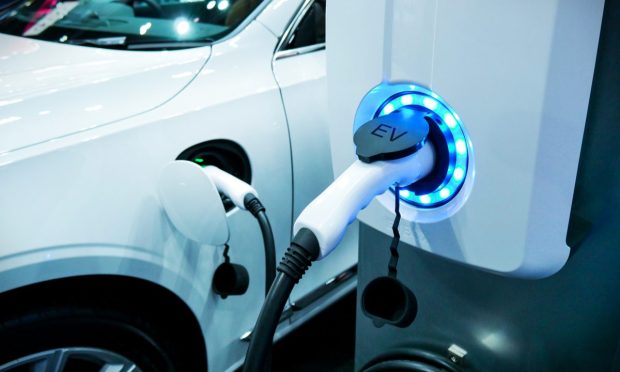EV Charging Network Firms Seek Contactless Payments at Charging Stations

When drivers take their electric vehicle (EV) to a public charging station, which payment methods ensure “secure, convenient and equal access”?
That’s a question federal regulators are considering as they develop standards around the National Electric Vehicle Infrastructure (NEVI) formula program, which is part of the Bipartisan Infrastructure Law (BIL) and sets minimum standards for EV charging infrastructure installed using funds provided by BIL.
Currently, NEVI does not specify a payment method, saying only that those that are offered must ensure “secure, convenient and equal access.”
Nine U.S. senators are advocating, “[e]ase of use, so that consumers can pay with a credit card at the charging station without subscribing to a program or needing to place a call.” That’s the prescription they suggest in a March 7 letter addressed to Transportation Secretary Pete Buttigieg.
Advocating for Contactless Payments
Nine manufacturers, deployers and operators of EV charging networks have sent in comments advocating for contactless credit and debit card readers. In an April 13 letter addressed to both Buttigieg and Energy Secretary Jennifer Granholm, they outline the benefits of contactless payments and the drawbacks of credit card readers that physically interact with the card while reading its Magstripe or EMV chip.
Regarding credit card readers, the letter said these devices are vulnerable to criminal “skimming” or “shimming” devices and are vulnerable to physical damage and failure due to environmental factors.
“Requiring these readers would result in fewer functioning EV chargers on the road and cause drivers to spend more time searching for a place to charge — creating a negative experience and potentially undermining broader EV adoption,” the letter read.
Instead, the representatives of the nine EV charging networks advocate that if any single payment method is to be required, it be contactless debit and credit card readers. They said in the letter that these payment options provide greater security, are less susceptible to damage from the elements and are already in widespread use — including at EV chargers that have already been installed.
“Most of today’s deployed charging infrastructure allows for numerous payment options, including radio frequency identification (RFID) cards, mobile apps, contactless smartphone-based wallets, and contactless credit and debit cards,” the letter reads. “Drivers have grown accustomed to this variety of options and the flexibility it provides.”
The letter is signed by representatives of Beam, Carbon Solutions Group, ChargePoint, EVBox, EV Connect, EVmatch, Flo, SemaConnect and Volta.
Access to EV Charging Is Top Concern
In a press release, Volta reported that a nationwide research study had found that access to EV charging is a more significant barrier to EV adoption than price or range anxiety.
“Convenience Is a Must, Not a Luxury: 75% of EV intenders rank convenient access to EV charging as their top barrier to making the switch (5 percentage points higher than price) — 63% of the general population agreed,” release stated.
When the decision on the standards is made, the implementation will be widely seen. The NEVI Formula Program provides guidance for investments that “will put the United States on a path to a nationwide network of 500,000 EV chargers by 2030 and ensure a convenient, reliable, affordable, and equitable charging experience for all users,” according to a memorandum released Feb. 10 by the U.S. Department of Transportation.
